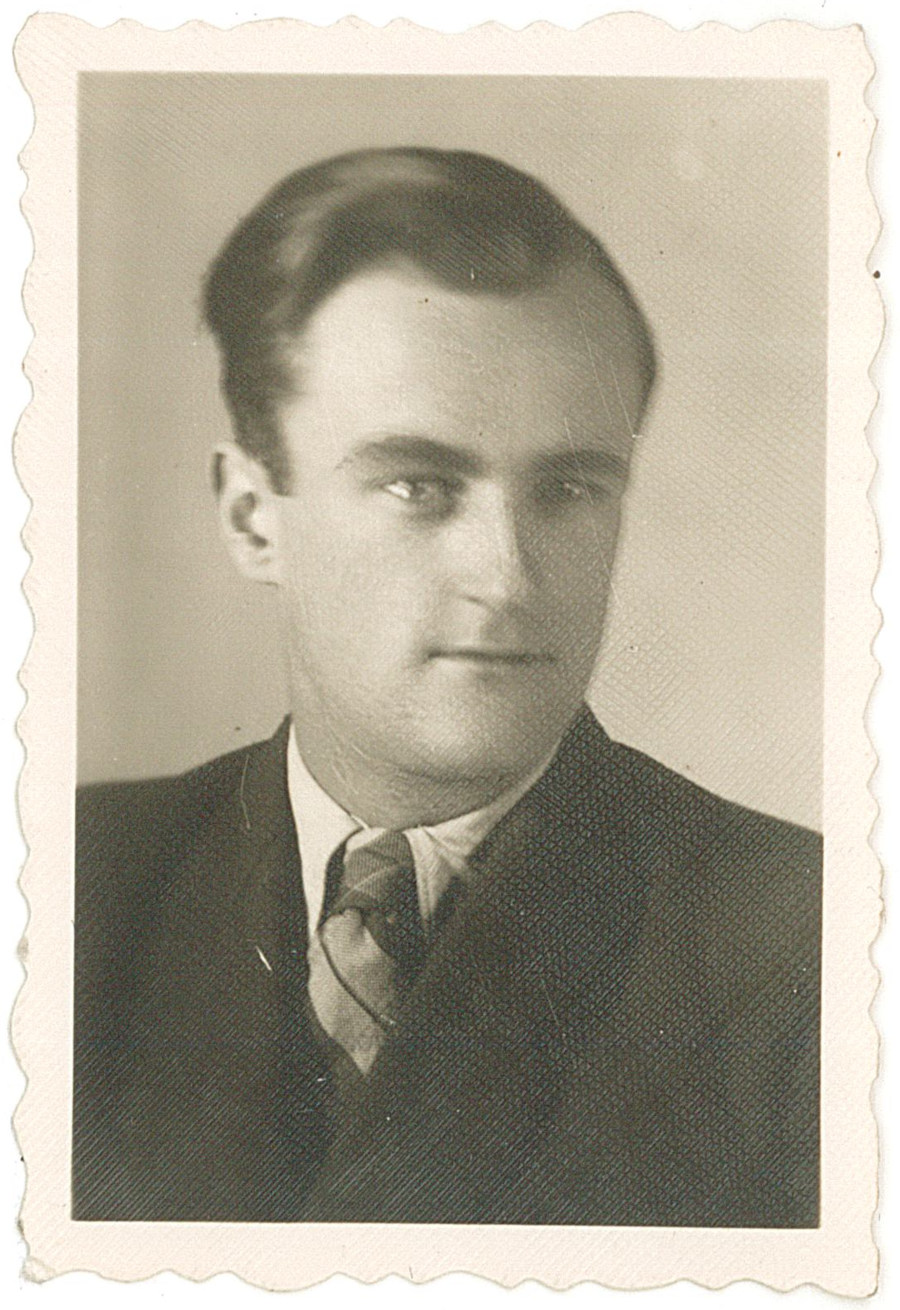Jerzy Krusenstern came from aristocratic European families. Before the war, he was a boyscout which helped to prepare him for service in the Polish resistance during the Second World War. He joined the resistance at the age of fifteen and fought against the invading Soviet forces as well as against the Nazis.
In September 1939 Jerzy was in Grodno, which was then a Polish city. There weren’t many soldiers in the town but many civilians volunteered to defend it in case of an enemy attack. Many of them were still young; scouts and students, both boys and girls.
On 20 September 1939, the Soviet Red Army sent in tanks to help capture Grodno. They were conviced that the city would fall quickly. Jerzy filled Molotov cocktails for his older colleagues to take out the tanks. The frustrated attackers resorted to tying the children to the tanks, using them as human shields. The defense, however, continued, but with no chance of victory. After the battle, the Soviets shot many civilians that had defended the city.
Jerzy fled from the territories occupied by the Soviet Union to the territories occupied by the Third Reich. He joined the Home Army, the largest Polish resistance organisation, and took part in many sabotage and subversive actions. At the end of the war, he had fought in many battles, including Kałużówka in August 1944, which was one of the largest partisan battles in southern Poland. He was wounded in during this battle. Many years after the war, Jerzy recalled the artillery fire which had devastated his unit, and after it ended, he raised his head and smelt only the sweet smell of blood floating in the forest clearing.
He did not return to the fight anymore, and after the war he was arrested and persecuted for many years by the communist authorities.

